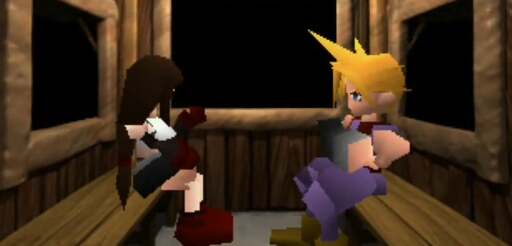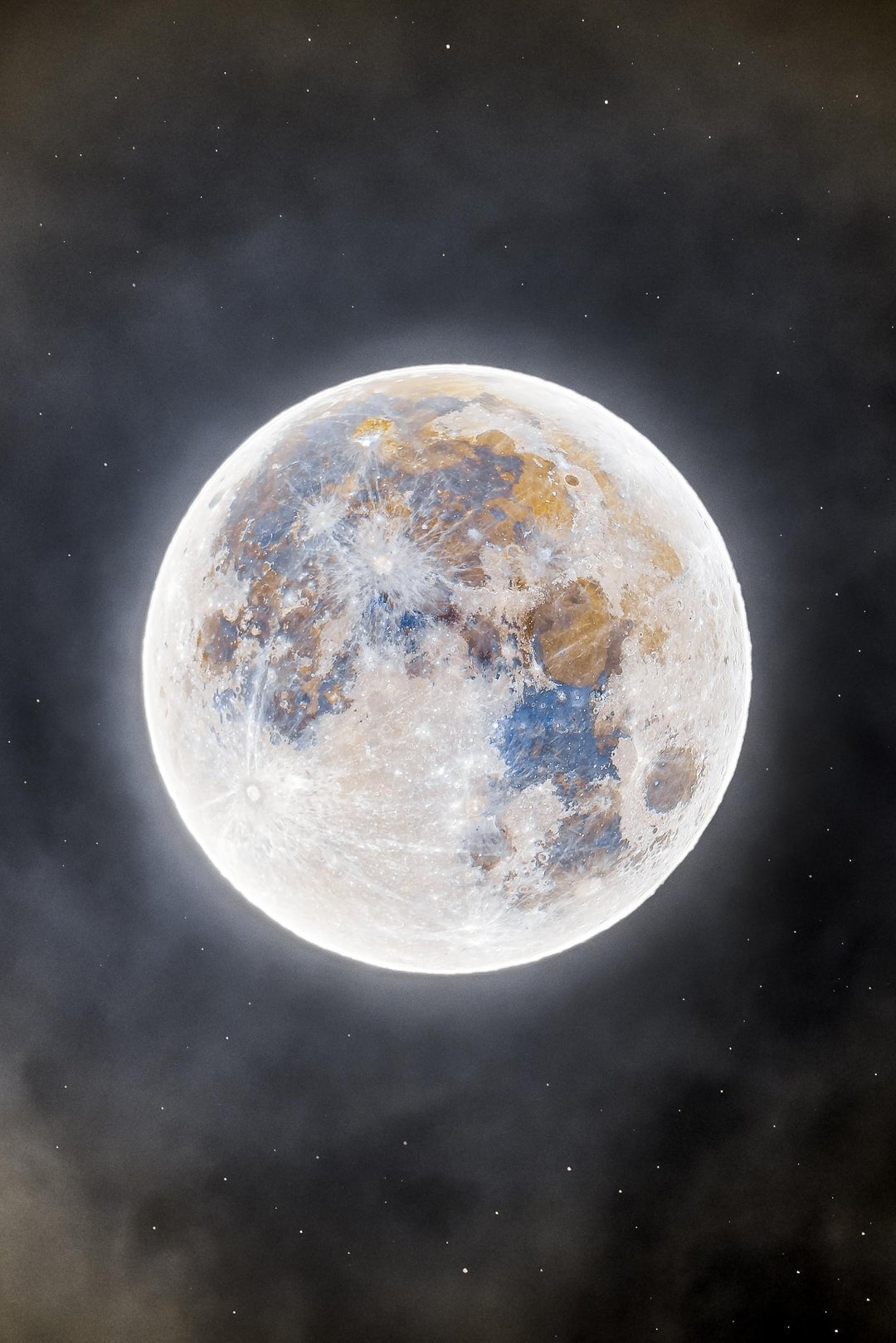Hot take - everyone is hitting on nostalgia, but personally I think there’s more to it than just that.
Low-res games invite the player to use their imagination, something that gets lost in the pursuit of hyper-realism.
Unlike most modern AAA games, games like Stardew Valley, Minecraft, or BOTW/TOTK invite the player to use their creativity - not just in problem solving, but also in how they view the world.
This was just an inherent feature of older games, due to the limitations of technology, but now it’s a luxury in a world that’s increasingly trying to script or control how you think and interact at every turn.
That’s definitely a significant bit of it for me too.
I remember a while ago coming across a YouTube video on how racing games have become less interesting, as graphical fidelity has reached a point where it’s actually harder to distinguish what’s going on, and differentiating between backgrounds and obstacles.
Additionally, game worlds were smaller and easier to memorise back then. I can still navigate GTA3’s Liberty City as well as Vice City largely from memory - but there’s no chance I could do the same for GTA6 when it releases.
The other last benefit of older titles is getting to experience everything without missing out due to inaccessible DLCs, battle passes and whatnot.
So, beyond nostalgia as a driving factor, and don’t get me wrong, it is a major one…
The other big factor is affordability of both game development and game uh, consumption, gameplay.
Yep, sure, you can develop games the AAA way with absurd levels of staff, funding, (mis)management, get those movie grade graphics on your $3000 Nvidia fucking whatever.
But less and less people can actually afford that level of hardware, the game’s price, will put up with its broken buggy bullshit and MTX.
If you’re an indie dev (team)?
Its way, way, waaay more easy and affordable to make a graphically simpler game, that is either highly stylized, intentionally emulates an old retro style, or even aims for graphical realism, but just does so to the standards of roughly a decade ago.
Good enough is in fact good enough for a huge supermajority of people, in terms of graphics.
Especially so if you take this dev time and money that would have been thrown at asset fidelity and and debugging/learning how to properly use a fancy pants engine with all the bleeding edge shit…
… and instead, i don’t know, maybe make a more interesting and fully fleshed out core game loop, or have more content, more levels, more narrative.
Also that and just uh, fuck publishers, fuck marketing, this is a video game, not an investment strategy for millionaires snd billionaires.
Now, you can charge $20 - $40 bucks for what is basically a decent game by 10 years ago standards, and yep, it ain’t guaranteed to make you into a millionaire yourself, but as long as you’re breaking even, able to pay yourself (and the rest of the dev team), you did it, you won.
…
How often do we see seemingly very basic in concept and very simple in graphics games break out and become a massive indie hit game?
How often do we see that having near infinite money to throw at a AAA super game for a fucking decade is more likely to result in a giant disappointment that gets tossed aside when the next version comes out?
My point here is, in addition to the nostalgia/style factor, there are also very grounded, practical, material reasons why just generally lower fidelity graphics are coming back.
…
Also obligatory Godot plug.
Its basically Unity, but free, and open source, at this point.
Coincidentally, this point of view is probably wht this is one of the best things I heard from brian eno:
Whatever you now find weird, ugly, uncomfortable and nasty about a new medium will surely become its signature. CD distortion, the jitteriness of digital video, the crap sound of 8-bit - all of these will be cherished and emulated as soon as they can be avoided. It’s the sound of failure: so much modern art is the sound of things going out of control, of a medium pushing to its limits and breaking apart. The distorted guitar sound is the sound of something too loud for the medium supposed to carry it. The blues singer with the cracked voice is the sound of an emotional cry too powerful for the throat that releases it. The excitement of grainy film, of bleached-out black and white, is the excitement of witnessing events too momentous for the medium assigned to record them.
Wow, Ive never heard that before but that is such a beautiful way of putting it. I love art that’s messy and weird. Music that sounds imperfect where you can hear mistakes or “imperfections”. Either intentional or not, I love those kinds of things in art. Makes it human.
I was hoping someone would post this quote. It’s exactly it.
I’m kind of hoping that the 28 years later movie is filmed in 1080p or something.
it’s not hard to relate to their frustration either, as they are basically seeing the unintentional “flaws” they failed to iron out celebrated as “signature” characteristics of the games they created
They are signature, and that’s why they’re an aesthetic choice. I’ve heard people refer to the N64 as a “blur factory”, because it was low res with even worse textures, if it had any at all. Likewise, the PS1 looked like everything was under water. If your stealth game has a secret agent and a PS1 aesthetic, we know you’re trying to take a shot at MGS1. If your horror game has a PS1 aesthetic, we know it’s your spin on Resident Evil or Silent Hill. That signature look conveys to its target audience what kind of game they’re making, and it conveys it very quickly. As a bonus, it can often be cheaper than trying to make a modern art style with fewer “flaws”.
A programmer not understanding aesthetics. That tracks. Does this dude not understand that these modern nostalgiacore games don’t have 150 people working on it like FF7. Devs choose these aesthetics in part because they are cheaper to make.
It’s not just nostalgia. Things were less enshittified in that era. The writing, story telling, world building, and creative direction were far superior and games were weirder. That’s why I like the style anyways
Really? You don’t understand why people might look back fondly on the hardware limitations of early games that they now feel nostalgic for? There are still people making Game Boy games and physically releasing them, to the point that there’s now third-party handhelds that can play GB/GBC cartridges. There’s still a thriving Commodore 64 gaming community.
Edited for tone, I was having a bad day earlier.
Nostalgia turns it into an art style and aesthetic. The same thing happened with pixel graphics. We’re going through the ages of video game graphics again as people that grew up with those games are now the ones creating the games. In a few years i bet we’ll start seeing games with the aesthetic of GameCube and the PS2 games.
Personally I think it’s a good thing. When it turns into an aesthetic it never truly dies and it makes the style timeless. We’ll be seeing pixel graphics and PS1 style graphics in games until people get bored of it, which they never will.
I do agree that it’s nostalgia-powered and fuelled by millennials with disposable income being a fertile market, but to me here’s the weird thing: I think pixel art can look incredibly beautiful while the old early 3D game style looks like absolute ass (such as the OG FF7 screenshot above).
But I grew up much more on the latter than the former. There has to be more to it than just nostalgia.
It’s not only nostalgia. Arbitrary limitations drive creativity. Previously the limitations were imposed by the hardware. Today the designer can choose their own limitations.
this is evident when looking at modern pixel art games. something like Celeste could never run on an SNES or Genesis.
even Shovel Knight, which is made specifically to mimic NES games, ignores some limitations of the NES
I wonder how low-poly art styles will evolve with time? even modern pixel art is quite different from the pixel art of the 2010s
I was thinking this recently when watching footage of Dread Delusion, a 2024 game that looks like something out of 1999.
It’s a visually interesting game, maybe not profoundly so, but it gave me a passing thought about what makes a game more “artistic”. I was looking at a rocky wall texture, low res enough to count the individual pixels, but I still recognized it as rock. And then I asked myself what takes more skill: a high fidelity AAA game that just megascans a real rock surface to capture as much detail as possible, or a game like Dread Delusion trying to convey the idea of a rock in as little detail as possible.
Developers back in the day would have absolutely killed to have the hardware capabilities we have today. No longer needing to worry about fitting games on a tiny disc or cartridge measured only in MB, not even in GB. Even Dread Delusion, despite looking like a PS1 game, could not have fit on even 3 PS1 discs. But it was those very limitations that made developers really have to think carefully about their content, the total scope of the games they wanted to make, how much detail they could afford to include, etc.
I don’t think those limitations necessarily made games inherently better, because there were still a lot of bad games back in the day. But it meant that everything had more deliberation to it, where a developer would create a game that was one really good idea instead of a game made of 20 just “okay” ideas.
Yeah I don’t get it either.
When 3D games first came out, I stopped playing 2D games altogether. Needless to say, I don’t miss the blockiness of PS1 games.
I’m an absolute graphics slut but IDGAF. I love modern tech like path tracing so much that I saved up and bought a 4090 at launch. No regrets.










